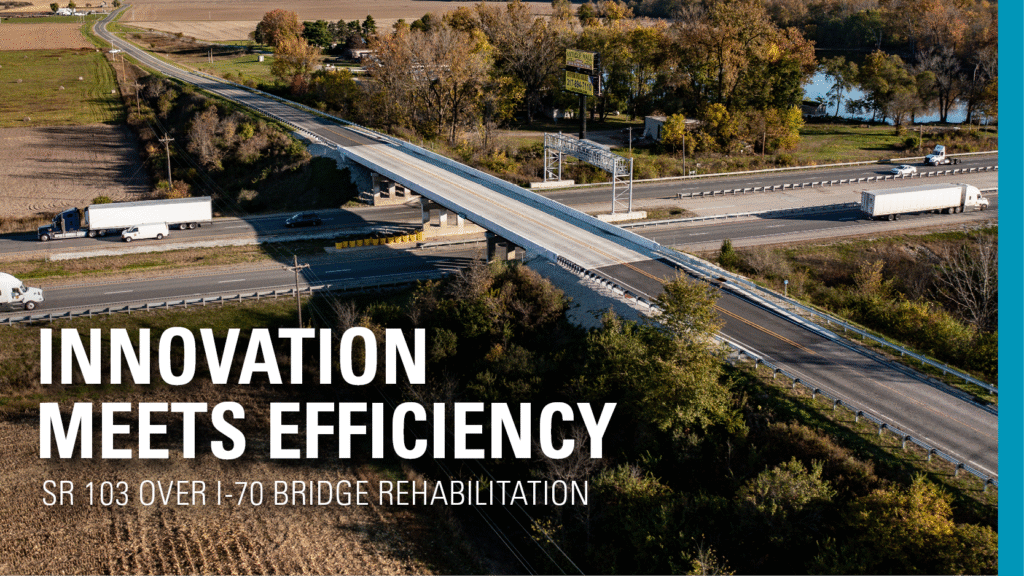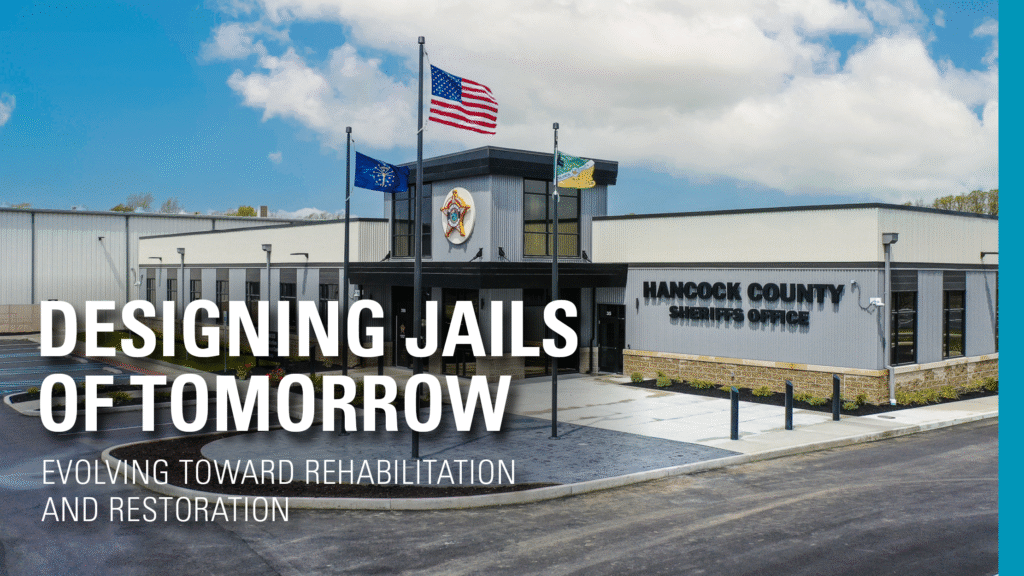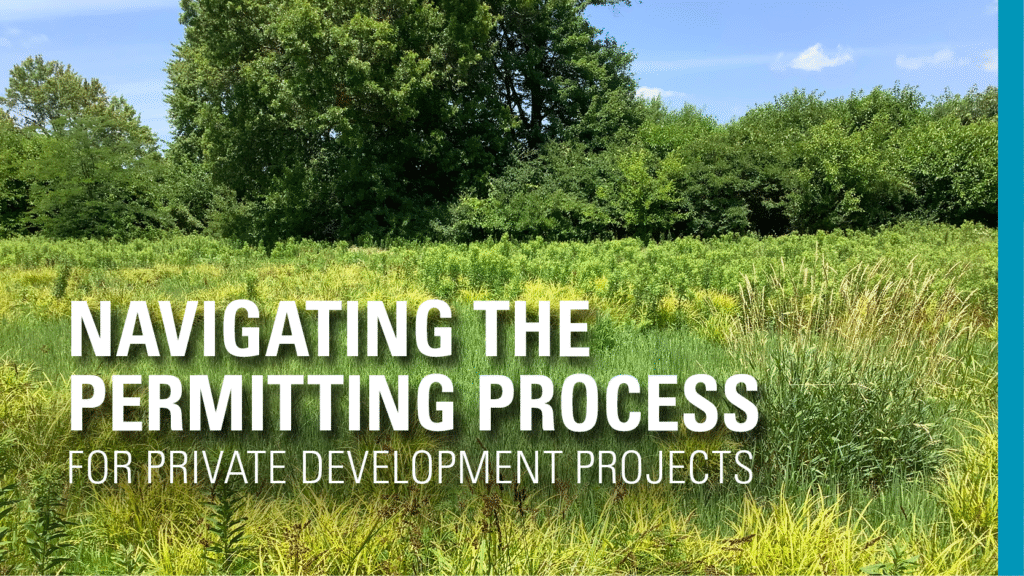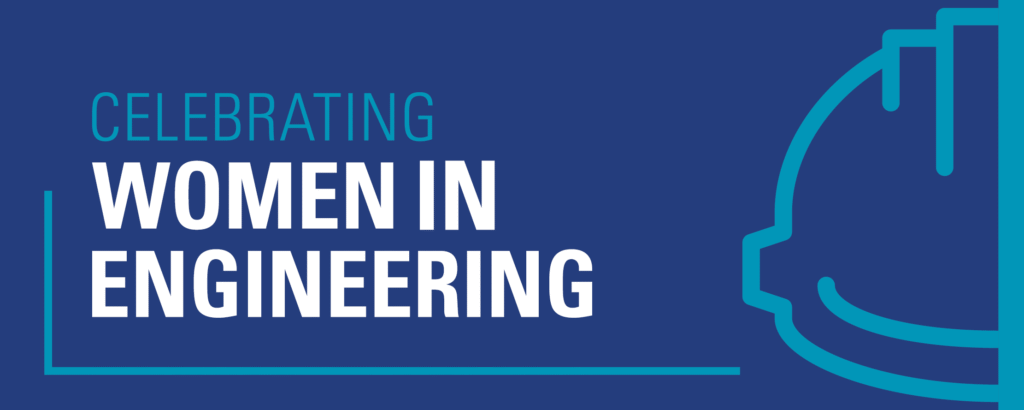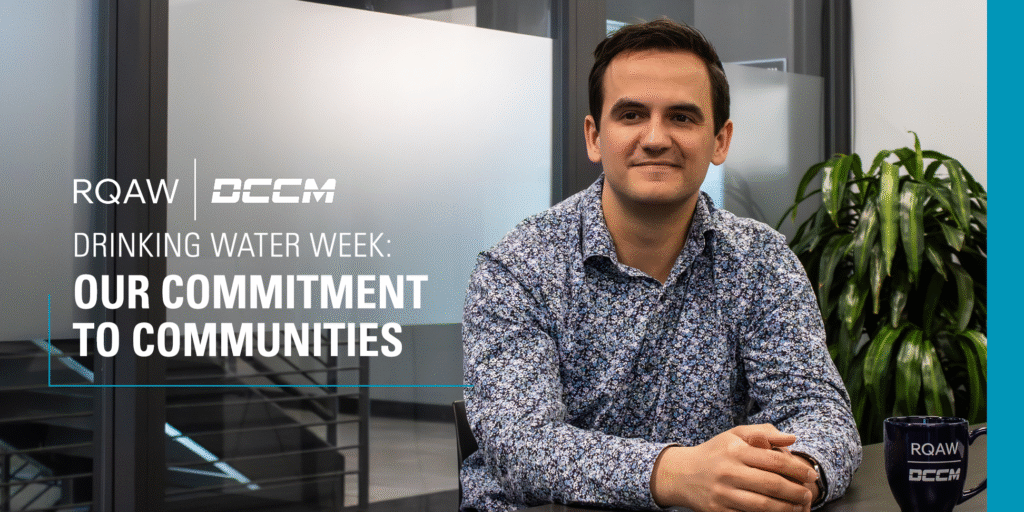With over 30 years of extensive involvement in all aspects of jail design, RQAW | DCCM has observed a remarkable evolution of county jails, from basic incarceration facilities to ones that offer a more comprehensive approach to rehabilitation and reduction in recidivism. Utilization of advanced construction systems, modularization, and technology has expanded the capabilities of jails, beyond what was possible a few decades ago. However, the continuously changing correctional design environment, due to alterations in legislation, inmate populations, budgets, and resources, has necessitated constant adaptation. Looking ahead, RQAW | DCCM believes the “jail of tomorrow” must focus more attention on restoring the human spirit for those incarcerated. While there have been ongoing discussions around deinstitutionalization, designers must find ways to contribute to it through innovative, adaptable facility layouts that give counties the flexibility to evolve their onboarding and offboarding approaches in the future. The facilities of the future must allow for a multi-faceted approach to addressing the underlying problems causing such a large increase in incarcerated population, placing greater emphasis on creating Intervention Centers where trained professionals can fully understand the scope and cause of the problem. This approach allows for early classification and implementation of a targeted-care perspective. It is vital that our jail designs shift toward smaller, more specialized facilities in a campus-like environment that provide trauma informed design for inmates with specific needs, such as mental health or substance abuse issues, while maintaining separate areas of full security for other classifications. (See Figure 1) Delaware County Justice & Rehabilitation Center Delaware County Mental Health Facility Figure 1 In our enhanced Pod design that we have developed and refined over the last ten years, RQAW | DCCM has taken proactive steps toward developing a fully customizable design that reacts to early classification, offering sheriffs the opportunity for multiple levels of security for upwards of 350 inmates within one visual control point. This design not only provides our clients with a tailored, cost-effective solution but also addresses programmatic and staff efficiency needs during a time of reduced workforces and heightened awareness of wellness and well-being. (See Figure 2) Figure 2 With a more diverse population, the need for smaller treatment units has been greater than ever. Our designs provide a more normative environment, with all the required support and treatment spaces within the housing unit including classrooms, video arraignment, interview rooms, isolation/padded cells, and medical spaces. Controlled access allows for self-directed movement of inmates, leading to fewer opportunities for conflict and better utilization of staff. A mix of two-person and four-person cells, along with dormitories, provides incentivized options for inmates as they move through the system toward becoming productive and responsible members of society. (See Figure 3) Jail Pod With Visual Control Point Video Control Room Classroom Medical Space Figure 3 As an example, the RQAW | DCCM Justice Studio designed the new Hancock County Jail, constructed in 2021. This modern facility was developed with a strong focus on mental health, rehabilitation, and reducing recidivism. The design incorporates dedicated programmatic pods and classroom spaces where inmates can participate in educational training, such as earning their GEDs. These specialized areas also support counseling and addiction recovery programs, providing opportunities for personal growth and preparation for reentry into society. By integrating these restorative and educational components directly into the housing unit, the Hancock County Jail reflects a shift toward a more holistic, treatment-oriented correctional model that prioritizes healing and transformation alongside safety and security. “The Hancock County Jail represents more than a place of confinement; it embodies a commitment to change. We are planting seeds of hope and opportunities into the very foundation of this facility. By integrating education, treatment, and recovery programs, we are providing individuals with the resources needed to rebuild their lives and successfully reenter our community. This modern design reflects our belief that true public safety is achieved through transformation, rehabilitation, and renewed purpose — not incarceration alone. The investment in this facility is an investment in people, in progress, and in the belief that change is always possible.” – Sheriff Brad Burkhart Mental health facilities are changing how county jails function by providing specialized care for inmates with mental health issues, but they will have to be more involved at the county jail level. This could involve offering counseling services, medication management, and other forms of treatment to help address their mental health needs. Mental health facilities are also changing how county jails approach discipline and punishment. Instead of relying solely on punitive measures such as solitary confinement, jails are increasingly using therapeutic approaches to address behavioral issues. Moreover, there must be an increased focus on restorative justice, which aims to repair harm caused by criminal behavior through a collaborative process involving the victim, the offender, and the community. This process would involve more restorative justice programs being offered within county jails as well as a greater emphasis on community-based alternatives to incarceration. (See Figure 4) Delaware County Mental Heath Waiting Room Delaware County Mental Health Classroom Delaware County Mental Health Living Quarters Delaware County Mental Health Bedroom Delaware County Mental Health Facility RQAW | DCCM is committed to being the leader in providing viable, innovative solutions to address the evolving future of jails, as we grapple with changing laws and ideologies. We believe that our design expertise in the “jail of tomorrow” will bring positive impacts to the lives of inmates, the staff, and the community at large. Sanjay Patel, AAIA, LEED AP, CPTED Senior Project Manager – Justice Studio Lead Sanjay leads the RQAW | DCCM’s Justice Studio and has played an integral role in every detention project for the last 35 years. His leadership and expertise have led to RQAW | DCCM jail design innovations, including direct contact ports in central control and self-contained housing pods with all support components. Additionally, Sanjay has developed a flexible systematic approach to control bed counts and costs. This has been instrumental in RQAW | DCCM’s success in hitting early established construction budgets. His excellent communication
